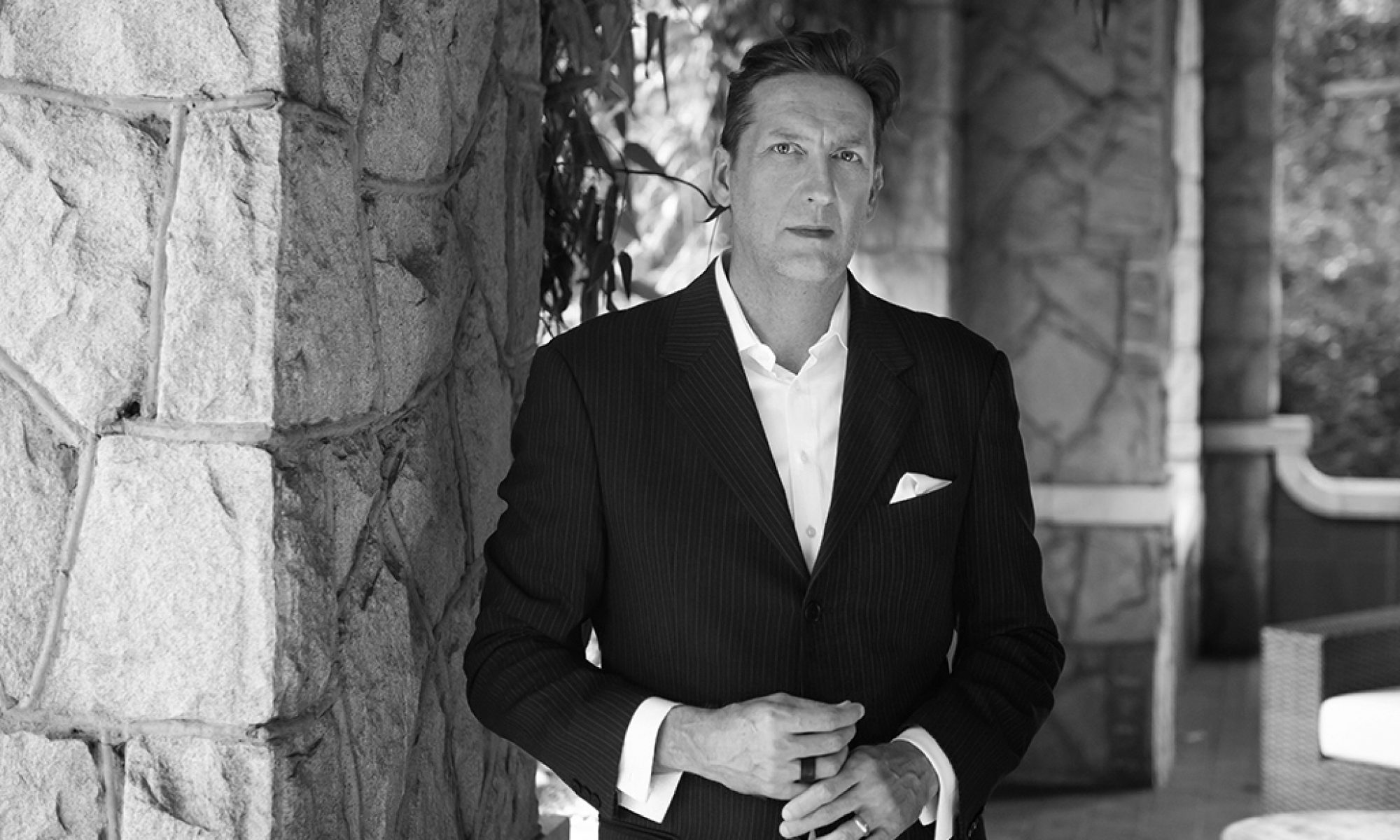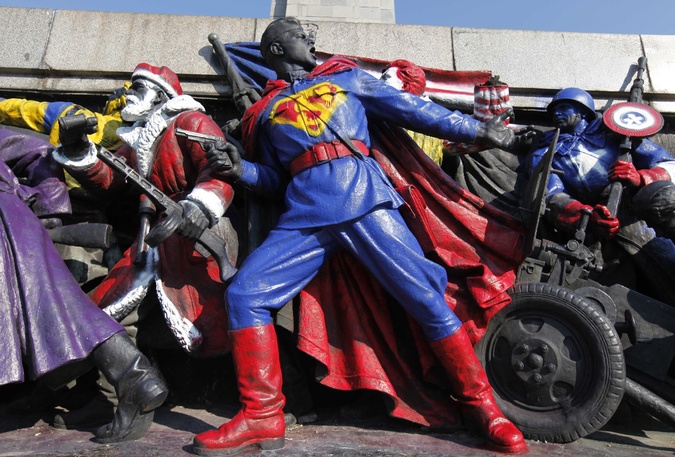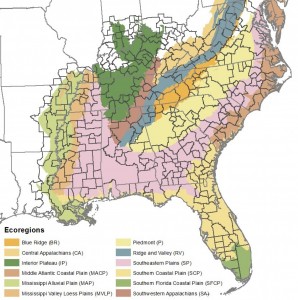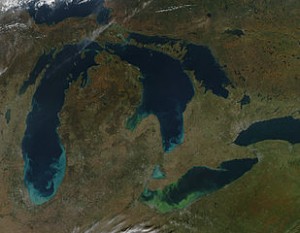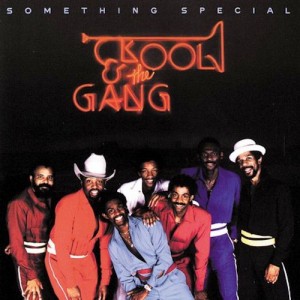In 2008-9, I wrote a series of Columns for Flagpole magazine. The columns were titled Eco Hustle – What Green Means, and were a take off on this very blog from those years. Anyway, the columns had disappeared but are now back online, so I am going to re-publish them here. Thanks, Flagpole!
This is one of the early ones:
It’s a verb, it’s an adjective, it’s… green. But what does it mean? Before you can truly get hustled you need to be off your game, out of your element, down on your luck or stuffed with a false sense of security. From the looks of things, we seem to be many of these at once. Tighten up your laces: we’re going in.
Whether attending rock shows or major sporting events, we all seem to enjoy entering the biggest, fanciest stadiums around. So, just imagine that finding new energy sources while controlling carbon emissions is the greatest challenge humanity has ever faced. There; now pull out your circle and square diagrams, bell curves and line drawings, and let’s boil the whole system down to basics.
A system is an absolute human artifact, devised primarily for the sake of scientific conversation, though a lot of this we just don’t talk about. Systems are defined by their relationships to energy and matter crossing into them, and as such there are three types of systems: open, closed and isolated. Our bodies are open systems that exist within a closed system, the earth, and we’re constantly cycling material in and out of our systems. That material is made up of elements, basically identified in the periodic table, and they comprise living things like plants and animals or non-living matter like soil, rocks and the physical environment. But there is a fixed amount of material – its overall quantity never changes.
The earth is a closed system, where energy from the sun enters. Now, this is a tremendous energy input – more energy from the sun hits the earth during one hour than every man, woman and child on it could use in a year. There’s a strong case to be made that we should actually highlight the fundamental distinction between energy sources and energy storage. The sources are rather obvious (solar, tidal, geothermal) – what we keep looking for are the ancient energy storages hidden all over the planet (pockets of fossil fuels) so as to exploit nature’s geological-timescale labor.
Sustainability for earthlings therefore, be they Pakistani or Michigander, means living within the bounds of that solar input. Simply, if you outpace that input, you’re not sustainable.
The sustainability equation is all about…
